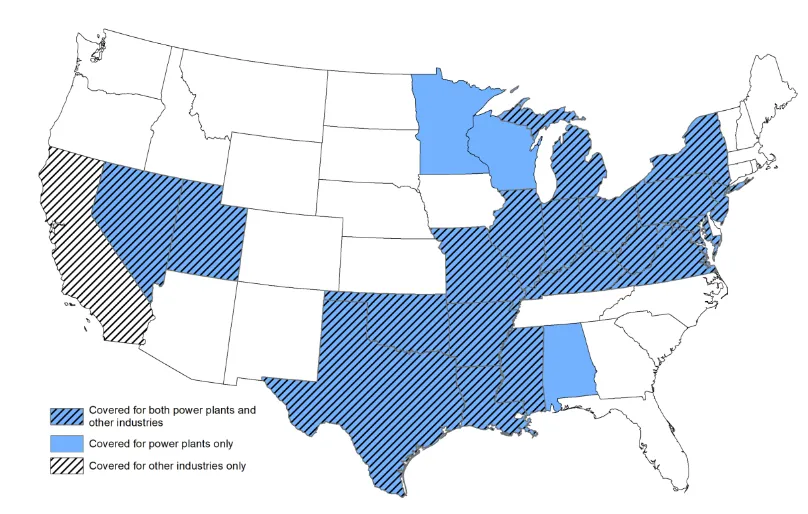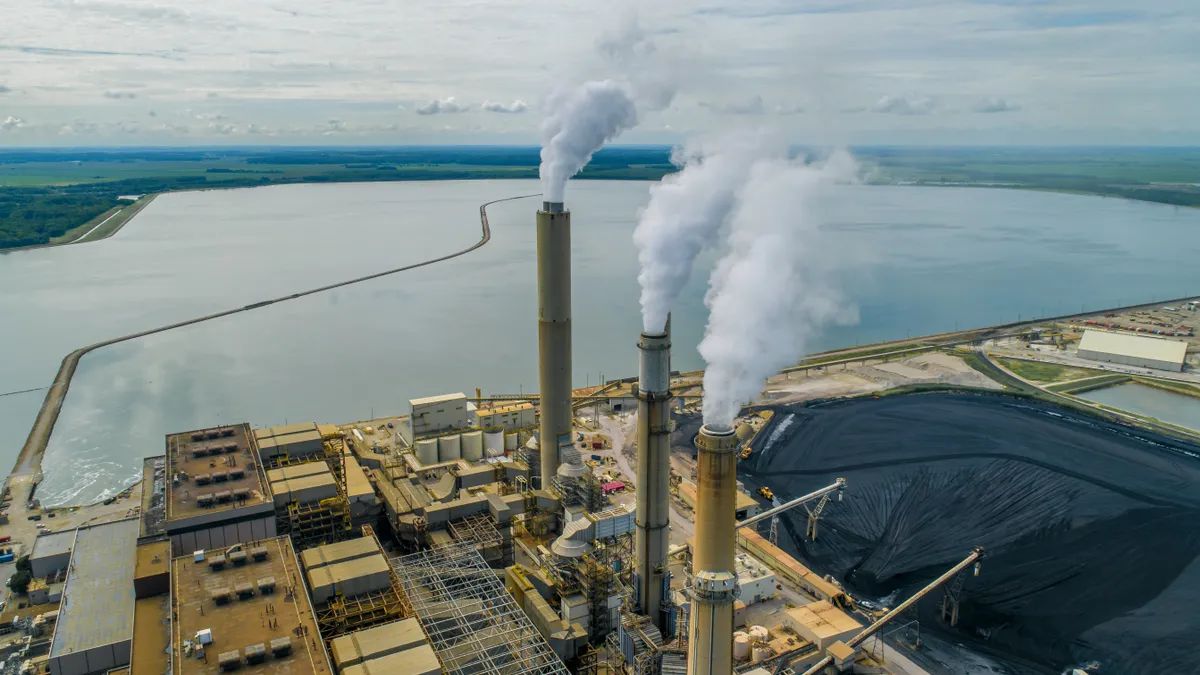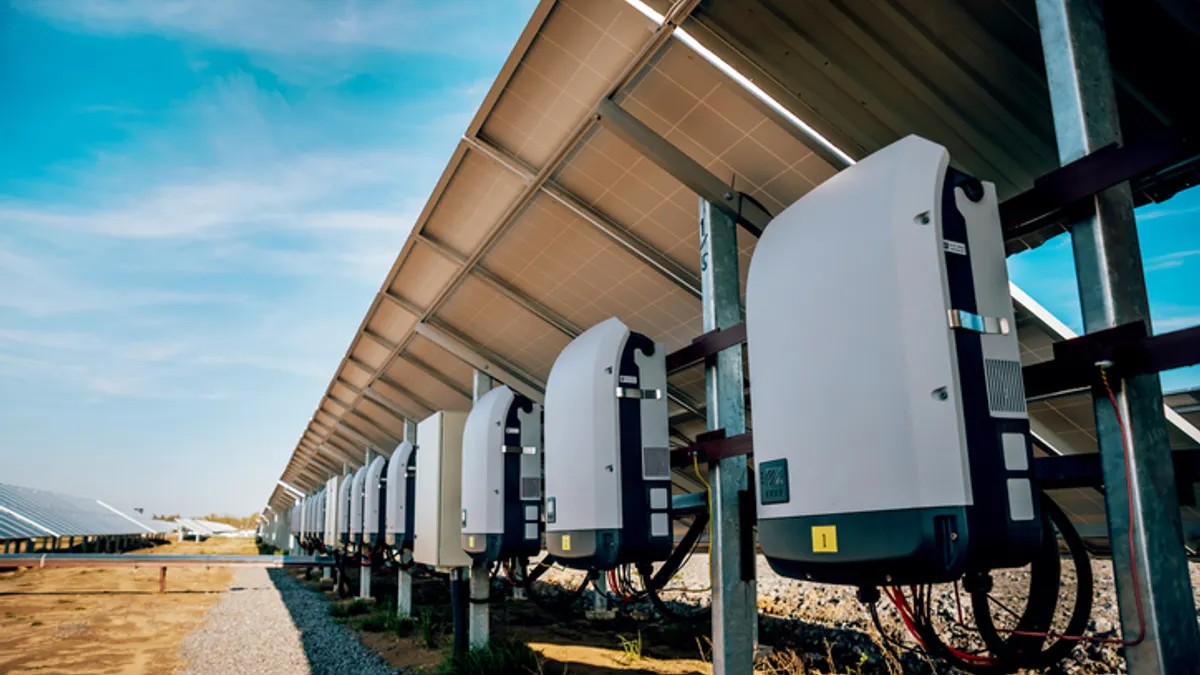Dive Brief:
-
Power plant owners in 22 states face tighter nitrogen oxides emissions requirements starting this year under the Environmental Protection Agency’s Good Neighbor rule, released Wednesday. A total of 23 states are covered by the rule, but California is only covered for other industries, not power plants.
-
Power plants without NOx emissions reduction equipment will have to install it and power plants with the pollution control equipment will be required to run it all the time during the ozone season to protect downwind areas.
-
The agency worked with grid operators and planners to design the rule so it doesn’t threaten grid reliability, according to EPA Administrator Michael Regan. It includes “a lot of flexibility,” such as a NOx trading program, that will provide economical compliance paths, Regan said Wednesday during a media briefing.
Dive Insight:
After the EPA proposed its Good Neighbor rule in February 2022, the power sector and utility regulators raised concerns it could lead to a wave of power plant retirements that could threaten grid reliability.
The agency responded to those concerns in several ways, according to Regan.
The final rule, for example, allows power plant owners and operators to “bank” NOx allowances at a higher level through 2030, according to the agency. It also provides a more gradual phase-in of emissions reductions.
In an effort to bolster reliability, the EPA and U.S. Department of Energy last week released a framework for keeping the lights on during a shift away from fossil-fueled generation, Regan noted.
The EPA expects the rule will result in an additional 14 GW of coal retirements by 2030, or a 13% cut to national coal capacity. The rule will incentivize selective catalytic reduction retrofits on about 8 GW of coal plants while also resulting in an incremental 3 GW of renewable capacity additions in 2025, according to the agency.

The final rule will reduce ozone-forming NOx emissions by about 70,000 tons from power plants and industrial sources during the 2026 ozone season, which runs from May 1 to Sept. 30 each year, according to an EPA fact sheet. It will produce about $13 billion in annual net benefits and help improve the health of the 80 million people who live in downwind areas that don’t meet the agency’s ozone standard, Regan said.
“This final rule is the next step in our agency's comprehensive efforts to safeguard public health by mitigating the harmful effects of power plants and industrial air pollution,” he said. “EPA’s strategy provides regulatory certainty and a long-term planning horizon that protects public health while allowing states, grid operators and power companies to make informed investment and planning decisions.”
The rule will reduce other pollutants from power plants besides NOx, according to the EPA. The agency estimates that in 2026 sulfur dioxide emissions will drop by 29,000 tons, fine particle emissions by 1,000 tons and carbon dioxide emissions by 16 million metric tons as a result of the rule.
In a change from the proposed rule, Wyoming no longer faces Good Neighbor requirements.
In addition to the states covered by the rule, the EPA said its updated modeling analysis for 2023 suggests that Arizona, Iowa, Kansas and New Mexico may be significantly contributing to non-attainment or maintenance in downwind sites. The agency will assess whether those states should also face Good Neighbor obligations.
The EPA is imposing an “anti-coal bias” on states and the nation’s electricity supply, America’s Power, a group that advocates for the coal industry, said Wednesday.
“We are reviewing the final Ozone Transport Rule to determine whether EPA has addressed the concerns that we and many others raised that more coal plant retirements will further increase the risks to grid reliability,” Michelle Bloodworth, the group’s president and CEO, said in a statement.















